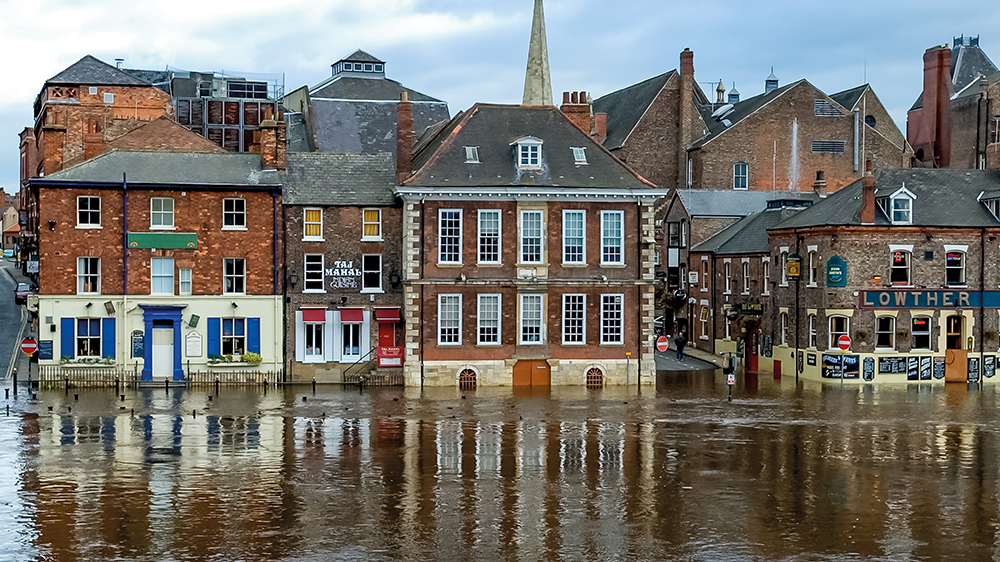
It is up to us to initiate the changes that will reduce the devastating pace of climate change, says Simon Foxell of think tank The Edge.
We face the most significant health and safety challenge that we – or any of our predecessors – have faced. It affects us all, but the built environment is responsible for at least 38% of the problem.
Climate change will cause buildings and cities to overheat, to flood and collapse, to be prone to infestations and disease and become unsafe to live or work in. All of those who work in the built environment must deliver solutions and do so at an extraordinary pace.
There were clear warnings as early as 1988. The world’s governments agreed to act at the 1992 Rio Earth Summit, with calls for action increasing since.
The UK introduced its Climate Change Act in 2008, modified in 2019 to require the entire UK economy to achieve net zero CO2 emissions by 2050. This means that neither new nor existing buildings should emit any greenhouse gases in their construction or use by then. Ideally they should start to absorb or sequestrate carbon in their fabric instead.
“We have had practice runs at changing our industry, radically reducing the rate of accidents and deaths through a systematic process of change.”
Is the industry ready to do this? The short answer is: no. CO2 emissions from the UK’s buildings sector have only dropped from around 104 to 90 megatonnes per year over the last 30 years and we have less time than that to get to zero.
Our task is to change the way we build while also modifying each and every existing building, so that the built environment ceases to emit gases from burning fossil fuels and curing cement – and, at the very least, replaces any carbon sinks, such as trees and plants, that it displaces. This requires both a huge transition and a massive programme of work.
Fortunately, we have had practice runs at changing our industry. We have moved from being a dirty and dangerous business to work in to one that takes responsibility for its health and safety practices, radically reducing the rate of accidents and deaths through a systematic process of change. More recently, the coronavirus pandemic has shown that we can also change our working practices practically overnight.
We will need to apply these lessons at speed if we are serious about the challenge of climate change and achieving net zero. It may be that the health and safety coordinator takes on the role of carbon coordinator as well.
If we don’t take charge, change will be forced on us. Plans such as the Construction Industry Council’s Carbon Zero: The professional institutions’ climate action plan are already in place to help us do that coherently and collectively. We need to move and learn together what works and implement it comprehensively within the next five years.
Simon Foxell is a member of The Edge and principal of The Architects Practice. The Edge is a think-tank set up to address social and political issues.












